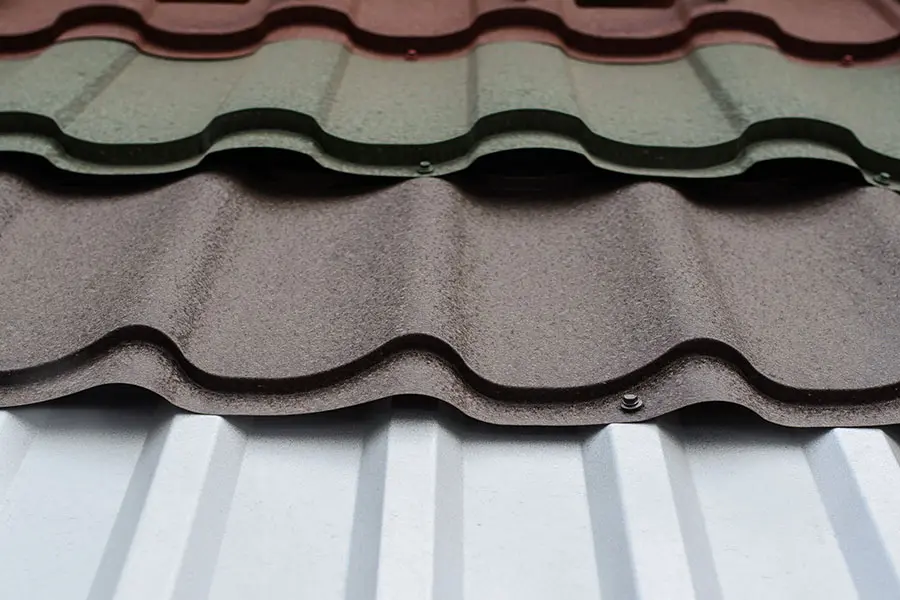A Comprehensive Check Out Roofing Companies Gainesville Citizens Recommend
Wiki Article
Finest Practices for Ensuring Correct Roof Covering Ventilation
Guaranteeing appropriate roofing air flow is important for the long life and effectiveness of a roof covering system. A well balanced consumption and exhaust vent proportion, typically 1:300, plays a pivotal function, with consumption vents preferably put at the lower edge of the roofing system for amazing air access and exhaust vents at the top for cozy air departure. Normal examinations to determine clogs and maintain clear airflow are critical. In addition, keeping insulation far from vents is vital to avoid airflow constraint. Comprehending these fundamental aspects establishes the phase for more in-depth insights into setup and upkeep practices that can dramatically enhance your roof's efficiency.Understand Air Flow Essentials
Appropriately comprehending air flow essentials is necessary for making sure the long life and efficiency of roof. Efficient ventilation alleviates moisture build-up and temperature level extremes in the attic, both of which can result in considerable structural damages in time. A well-ventilated roof helps in avoiding typical issues such as mold development, timber rot, and ice dams, which can jeopardize the honesty of the roof products and the underlying frameworks.The key goal of ventilation is to facilitate the activity of air, permitting a constant exchange between the interior and outside atmospheres. This equilibrium is attained with a mix of intake and exhaust vents that collaborate to preserve optimum air flow. Consumption vents, normally located along the soffits or eaves, enable fresh air to enter the attic area, while exhaust vents, frequently positioned at or near the roofing ridge, allow hot, damp air to get away.
Secret variables affecting the effectiveness of roof covering air flow consist of correct placement, sufficient sizing, and making sure that both intake and exhaust vents are unblocked. Regular assessment and maintenance are essential to determine possible obstructions, damage, or inadequacies in the ventilation system, thereby securing the roofing's efficiency and longevity.
Sorts Of Roofing System Vents
Roofing system vents play an essential function in maintaining efficient attic room air flow and, by extension, the general health of the roofing system. Different types of roof vents are readily available, each with one-of-a-kind benefits customized to certain roofing requirements.
Soffit vents are installed under the eaves and job in tandem with roofing vents to make sure a well balanced consumption and exhaust system. By permitting cooler air to get in from below, soffit vents help with the expulsion of warm air via top vents. Gable vents, situated on the exterior walls of the attic, offer an additional efficient option, specifically in homes with gable roofing systems.
Examine Your Present Air Flow

Next, think about the age and condition of your roof covering materials and ventilation parts. Older systems may not follow present building regulations or may have deteriorated with time, minimizing their efficiency. Conduct a comprehensive exam to determine any type of indications of wear and tear, such as corrosion, damage, or spaces that can jeopardize the system's efficiency.
Additionally, determine the attic temperature and moisture degrees. High temperatures and moisture can suggest insufficient ventilation - gainesville roofing companies. Make use of a hygrometer and thermometer to get exact analyses, comparing them with exterior conditions. Consistent disparities suggest possible issues that need dealing with.
Installation Best Practices
Effective installation of roof ventilation systems is critical for making sure optimum performance and long life. Appropriate installment starts with comprehending the certain air flow requirements of the building and the roofing system browse around this web-site it covers. This includes calculating the appropriate ratio of consumption to tire vents, commonly sticking to the 1:300 guideline, which specifies one square foot of air flow for every 300 square feet of attic room flooring area.
The positioning of vents is just as vital. Intake vents must be set up at the roofing's reduced edge, typically in the soffits, to permit great air to go into. Exhaust vents, on the other hand, need to be set up near or at the roof covering's optimal to help with the exit of warm, moist air. This creates a natural air movement that helps preserve temperature level and wetness equilibrium within the attic room.
Seal all air vent links meticulously to avoid air leakages and potential water seepage. Use top notch materials and adhere to supplier guidelines to make sure longevity and efficiency. In addition, incorporating ridge vents with baffles can considerably boost air movement performance by protecting against wind-driven rainfall and snow from getting in the attic room.
Eventually, precise installation of roofing ventilation systems mitigates potential issues such as mold growth, ice dams, and architectural damages, making certain the roofing's stability and the structure's general health and wellness.
Regular Upkeep Tips
Uniformity in maintenance practices is fundamental to ensuring the long-term efficiency of roofing ventilation systems. Routine evaluations are important, preferably carried out biannually-- in the spring and loss. During these assessments, guarantee that vents are without particles, nests, and other blockages that could restrain airflow. Look for any kind of indications of moisture buildup or mold and mildew, as these can show inappropriate ventilation or leaks (gainesville roofing companies).
you can try this out Cleaning the vents is one more crucial task. Utilize a soft brush or a vacuum to get rid of dirt and debris from consumption and exhaust vents. Be careful not to harm the air vent screens or louvers throughout the process. Furthermore, inspect the attic room room for any kind of indicators of water damage, which might endanger the integrity of the roof system.
Appropriate insulation is equally crucial. Ensure that attic room insulation does not block the vents, as this can seriously limit air movement. If any type of insulation has moved or settled, reposition or replace it to maintain an efficient obstacle.
Last but not least, replace any type of harmed or missing parts quickly. Damaged vents, broken shingles, or scrubby blinking can all add to poor air flow and needs to be addressed immediately. Regular maintenance guarantees that the roof covering ventilation system works efficiently, consequently extending the life-span of the roof covering itself.
Verdict
Making sure proper roof ventilation is critical for preserving the performance and longevity of a roof. Adherence to the 1:300 consumption and exhaust vent proportion, coupled with the strategic positioning of vents, is important. Routine biannual examinations, debris cleaning, and guaranteeing insulation does not block air flow are essential methods. Carrying out these ideal methods will promote a well-ventilated roofing system, therefore alleviating possible concerns associated with moisture buildup and too much warm, inevitably prolonging the roof covering's life expectancy.A well balanced intake and exhaust air vent ratio, commonly 1:300, plays a critical duty, with intake vents preferably placed Extra resources at the lower side of the roof for awesome air entrance and exhaust vents at the optimal for warm air exit. Consumption vents, usually situated along the eaves or soffits, allow fresh air to get in the attic area, while exhaust vents, commonly located at or near the roofing system ridge, allow warm, humid air to run away.
Soffit vents are set up under the eaves and job in tandem with roof vents to guarantee a well balanced intake and exhaust system. By enabling cooler air to go into from below, soffit vents assist in the expulsion of hot air via top vents. Adherence to the 1:300 consumption and exhaust air vent proportion, combined with the calculated positioning of vents, is important.
Report this wiki page